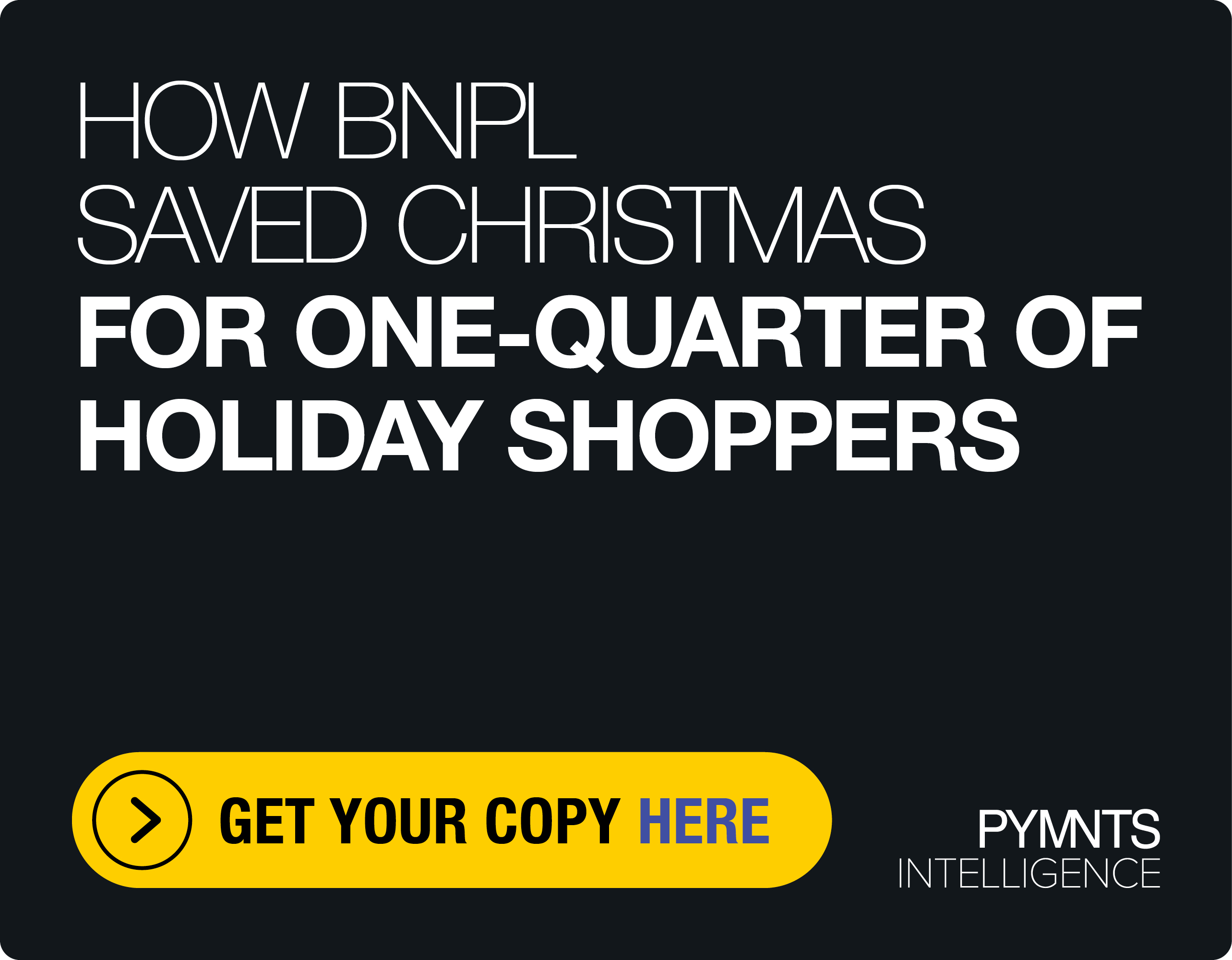CFOs Shun Spreadsheets for Digital View of Ops, Supply Chain, Payments
What was once high-tech and novel now has become commonplace.
Rewards programs, mobile order-ahead and any number of consumer-facing activities have become contactless and streamlined.
We’re even witnessing a shift in B2B, where payments and processes are ever more intertwined in a bid to improve inventory sourcing and management.
That urgency is being felt more keenly than ever before, with lockdowns hitting global supply chains, inventory shortages hitting operating margins and cash flow management top of mind for executives grappling with inflationary headwinds.
Corcentric President and COO Matt Clark, Blaze Pizza CFO Brad Reynolds and Starbucks EVP and CFO Rachel Ruggeri told PYMNTS’ Karen Webster that the chief financial officer — the office, its functions inside a company and in managing relationships up and down supply chains — is undergoing a digital transformation, too.
It’s no easy task — certainly not for larger enterprises — given the operational complexities, and sometimes political complexities, involved.
“There is more on CFOs’ plates than there has ever been,” Clark said.
As PYMNTS data have shown, 84% of CFOs have said that maximizing cash flow is critical. And often in striving to optimize cash positions, that means embracing new technologies. But Clark noted that as different businesses decide to embrace technologies that are designed to create efficiencies and remove friction, there’s actually more friction created.
“There are all these systems that don’t talk to one another,” he said, “so you get a staring contest [between departments] and there is friction over payment terms, over payment modalities. CFOs are stepping back and saying, ‘there’s got to be a more holistic view that improves internal efficiencies and trading partner relationships.’”
A holistic view, he said, can track payments and processes from sourcing and procurement all the way to managing supplier relationships. That’s a better approach, he said, than stitching together point solutions and systems.
“We’ve made a lot of progress on the B2C side — and that’s where the investment dollars go — and B2B is lagging behind,” Clark said, “but it is catching up.”
Said Ruggeri, with an eye on the difficulties faced by global firms like Starbucks and its suppliers/partners, with supply chains and retail operations in China and elsewhere, the pandemic has indeed accentuated opportunities to streamline all manner of activities, as freight and labor costs have soared.
To make it all work a bit better, as Reynolds said, some sacred cows must be put out to pasture.
“All hands have to be on deck,” he said, which means breaking down internal silos. He noted that management at his own firm, regardless of vertical, have detailed working knowledge of their colleagues’ operations.
“When you are thinking about the B2B side of this, it’s about leveraging the intel that our partners have about trends, product and supply,” Reynolds said, in order to cement the loyalty of the 50% of consumers who are coming into Blaze locations as often as two to three times a week.
Reynolds said that Blaze saw 99% of its business go digital during the pandemic, and in doing so, opened up new and continuous avenues of dialogue between the corporate office and its franchisees.
“We’ve still maintained over 80% of that incremental digital traffic that we gained during the pandemic,” he said, as the firm removes clicks in the equation, making it easier to order and get Blaze’s menu items to customers. Every touchpoint within the experience, after all — with any hiccups such as stockouts — can be an opportunity for the guest to leave and go somewhere else, especially digitally.
As Reynolds said, “If you manage the intimacy of the consumer experience the right way, hopefully [your offering] becomes a daily need and you have an increasingly loyal customer base.”
But ensuring that loyalty demands that goods are in stock, on-demand, and available at the very place where the consumer wants them. That means supply chains must run as efficiently as possible, Reynolds noted.
Multiple points of input and conversation between buyers and supplier creates the opportunity to integrate process and payments to enable better buyer/supplier relationships, which ultimately affect how consumers perceive a brand.
Integrating processes and payments, observed Ruggeri, boosts efficiency through automation and helps ease the struggle to get freight in place and to match supply and demand.
Clark said that we’re moving toward a more balanced existence between buyers and suppliers, where everyone wins when payment timing and modality — even the ways in which purchase orders and invoices are exchanged — are in sync. (No surprise, then, that for firms like Starbucks, paper checks are increasingly in the rear-view mirror.)
Refashioning Supply Chains
Navigating through the current challenges of the pandemic, now three years on, means that for firms including Blaze, data remains critical. Early in the pandemic, Reynolds said, some of the vendors his firm worked with — from a freight or supplier perspective — were not able to offer the visibility that was needed during periods of supply chain constraints. Partnerships with providers including Corcentric, said Clark, let CFOs and other executives focus on their firms’ core competencies rather than back-office overhauls.
In another partnership model, Reynolds said that Blaze has made an effort to work actively and continuously with vendors and collaborate on reporting efforts and inventory management.
“We have a small, lean team that operates as a support mechanism for our franchise community … and we’ve spent time digitizing the existing infrastructure and payments that we had in place,” said Reynolds.
Ultimately, as remote work becomes the norm, and CFOs refashion the back-end processes that make the front-end consumer-facing activities all the more enticing, flexibility remains key.
Said Clark: “Everybody’s being asked to do more with less in a highly challenging environment.”
